Drawing Assignment - Week 5
IN CLASS:
Set up a still life using the simple forms in the drawing classroom. Give them a light source.
While in class, create two sets of thumbnails and notes in your sketchbook. These will serve as your reference for your assignment.
- Composition: lay out the shapes and negative space of the drawing.
- Shadows & Light: Indicate where the shadow and light hit the forms. BE SPECIFIC, since these qualities will change in relationship to each other.
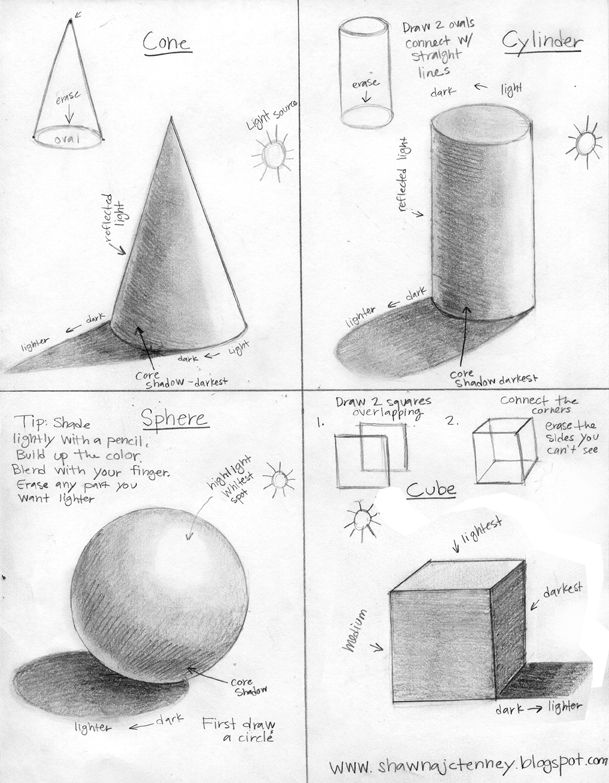
HOMEWORK:
Use 18″x 24″ drawing pad and charcoal.
This drawing should encompass a full range of values: from light to dark. Reference the value scale you made in class.
Render composition of simple forms, with a distinct light source. Include the background and surface they are sitting on, taking advantage of negative and positive space.
TIPS:
- Try Lightly TONING your drawing paper before beginning your drawing to a middle value.
- SPRAY the 2 drawings with Workable Fixatiff Spray when complete so they don’t smudge!
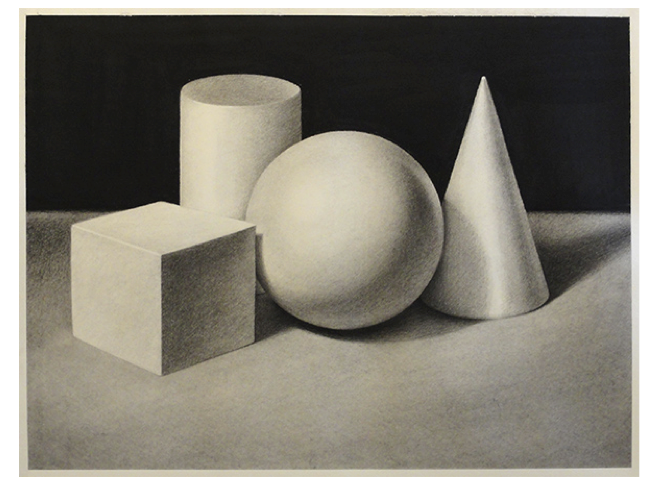
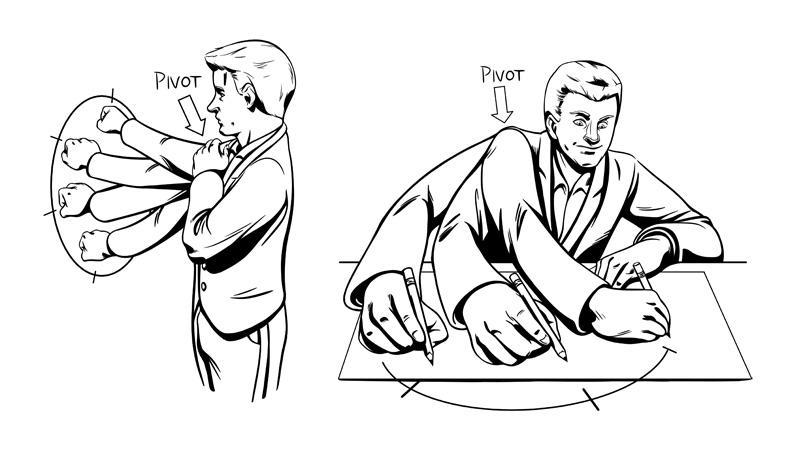
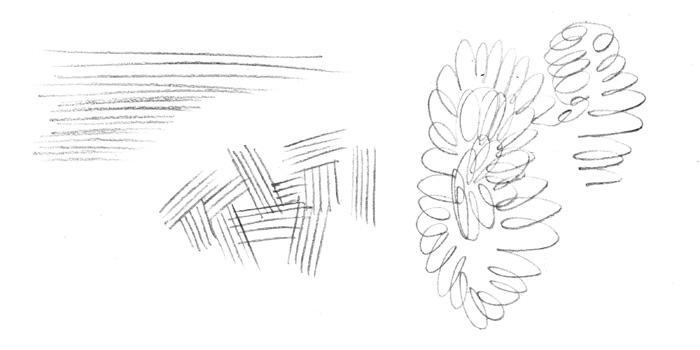
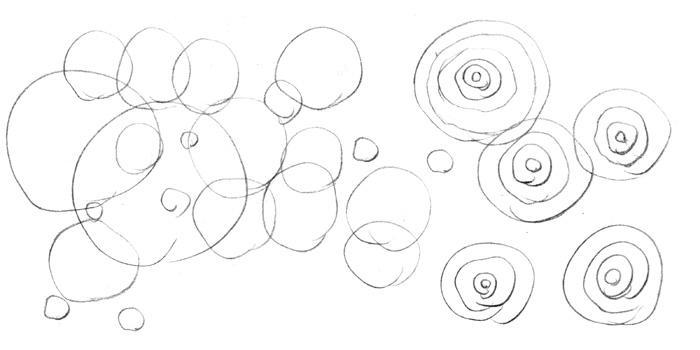
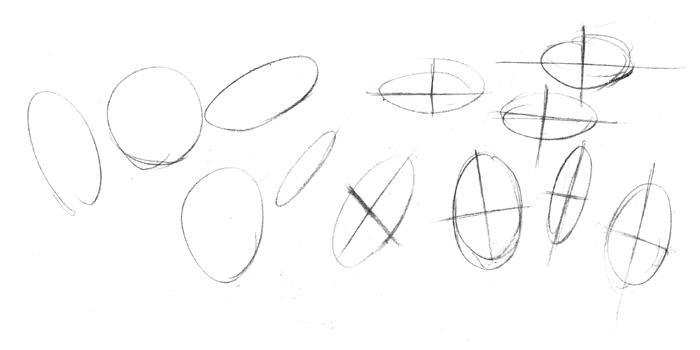
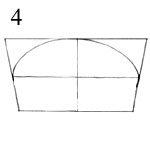
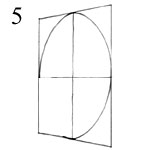
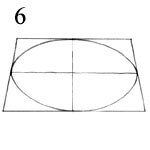
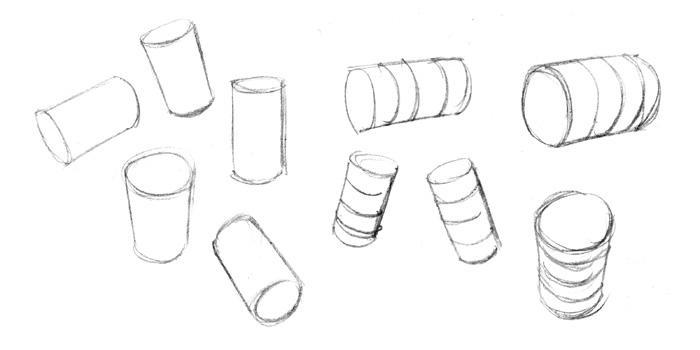
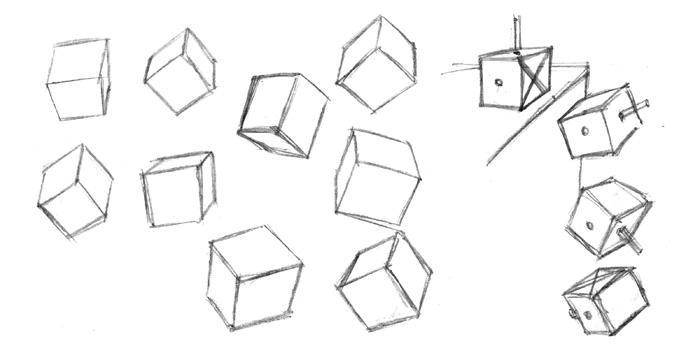
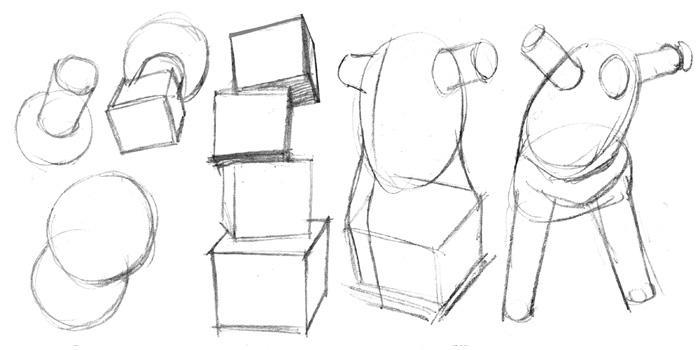
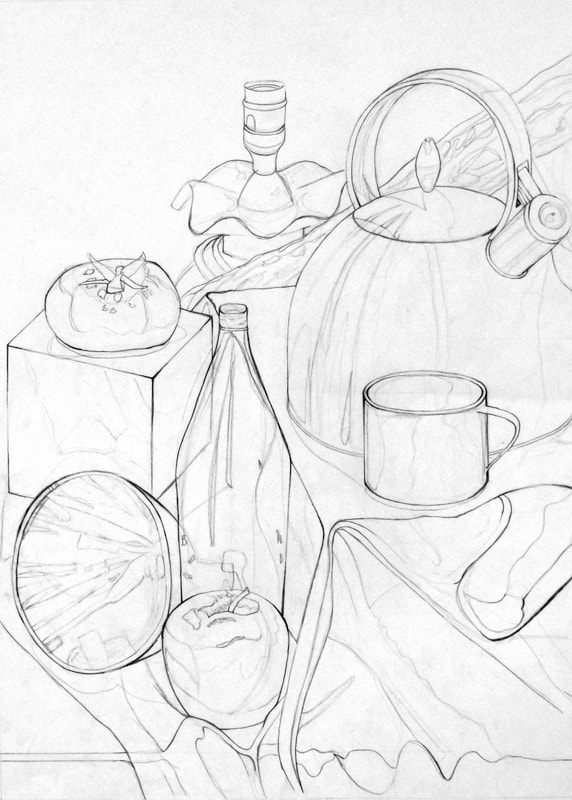
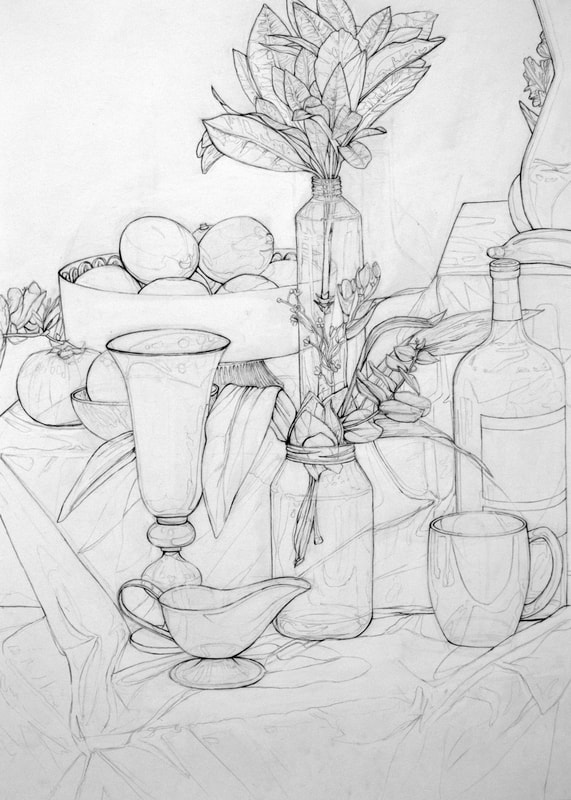

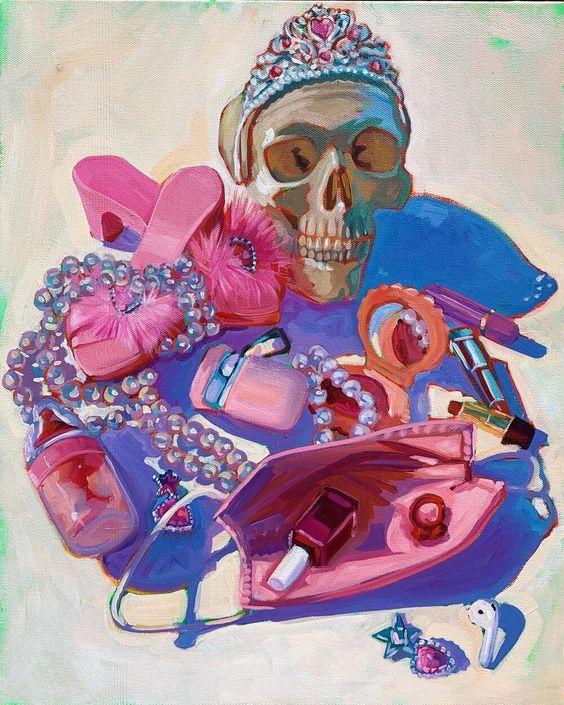
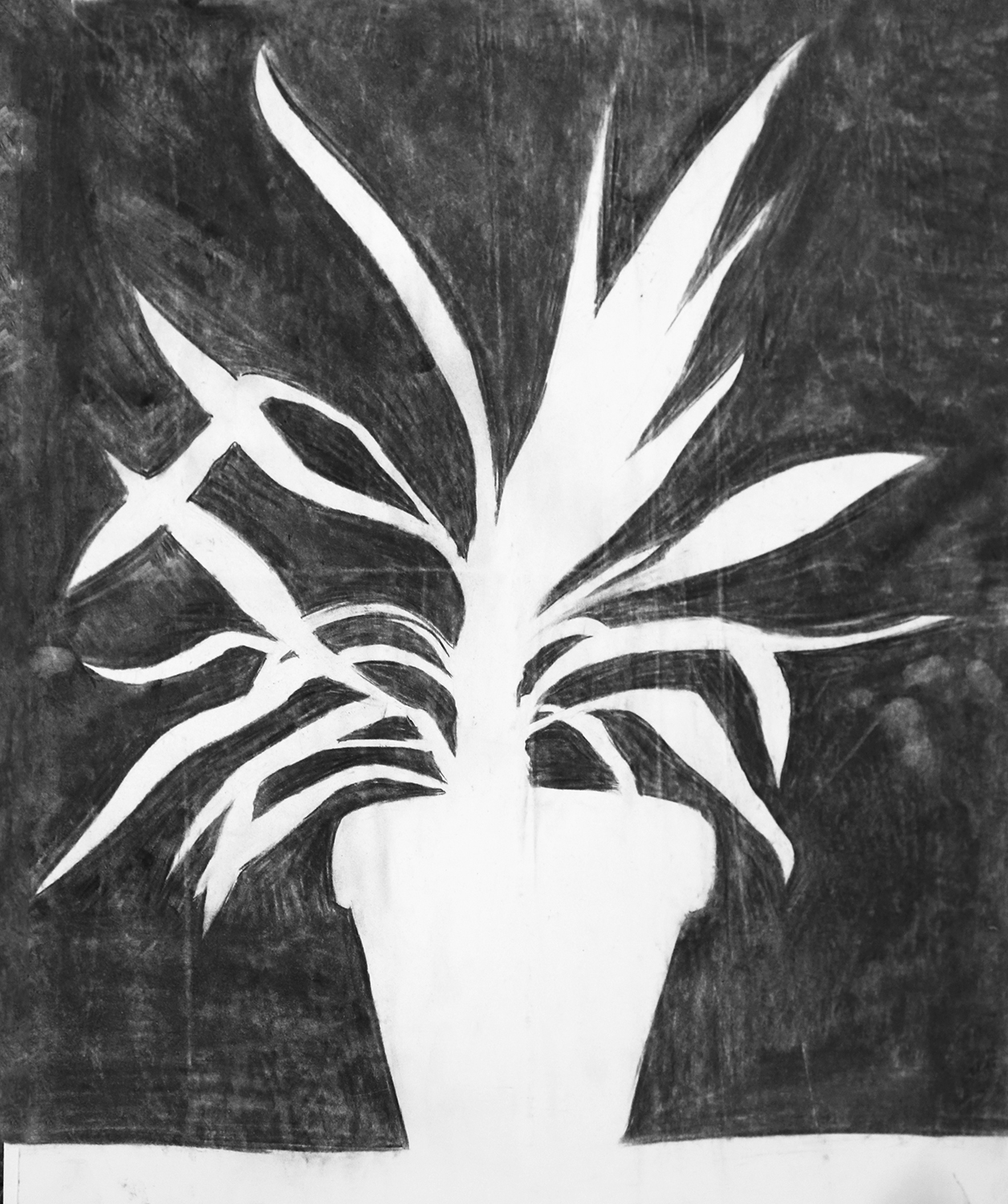
.png?format=1500w)



.jpg)



Recent Comments